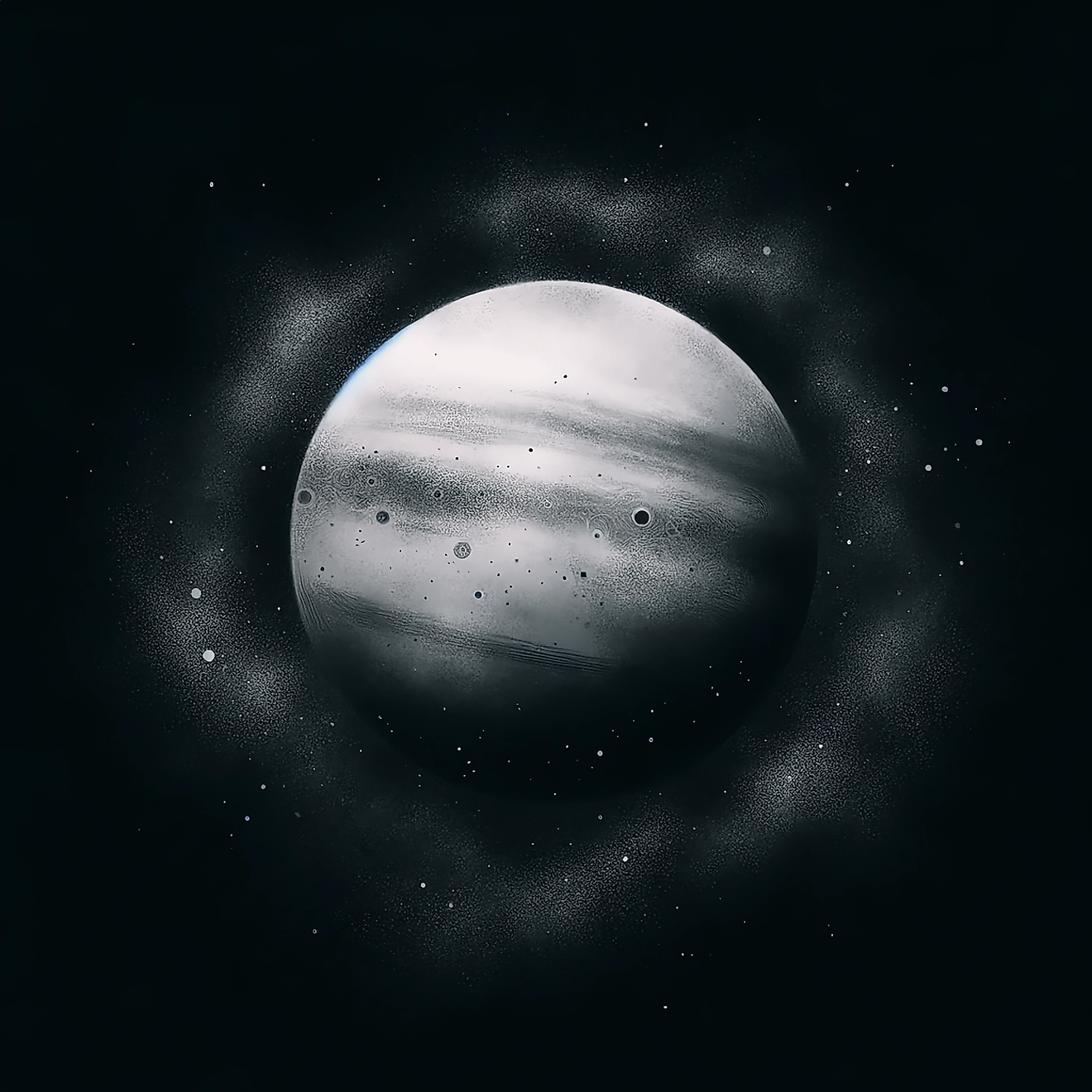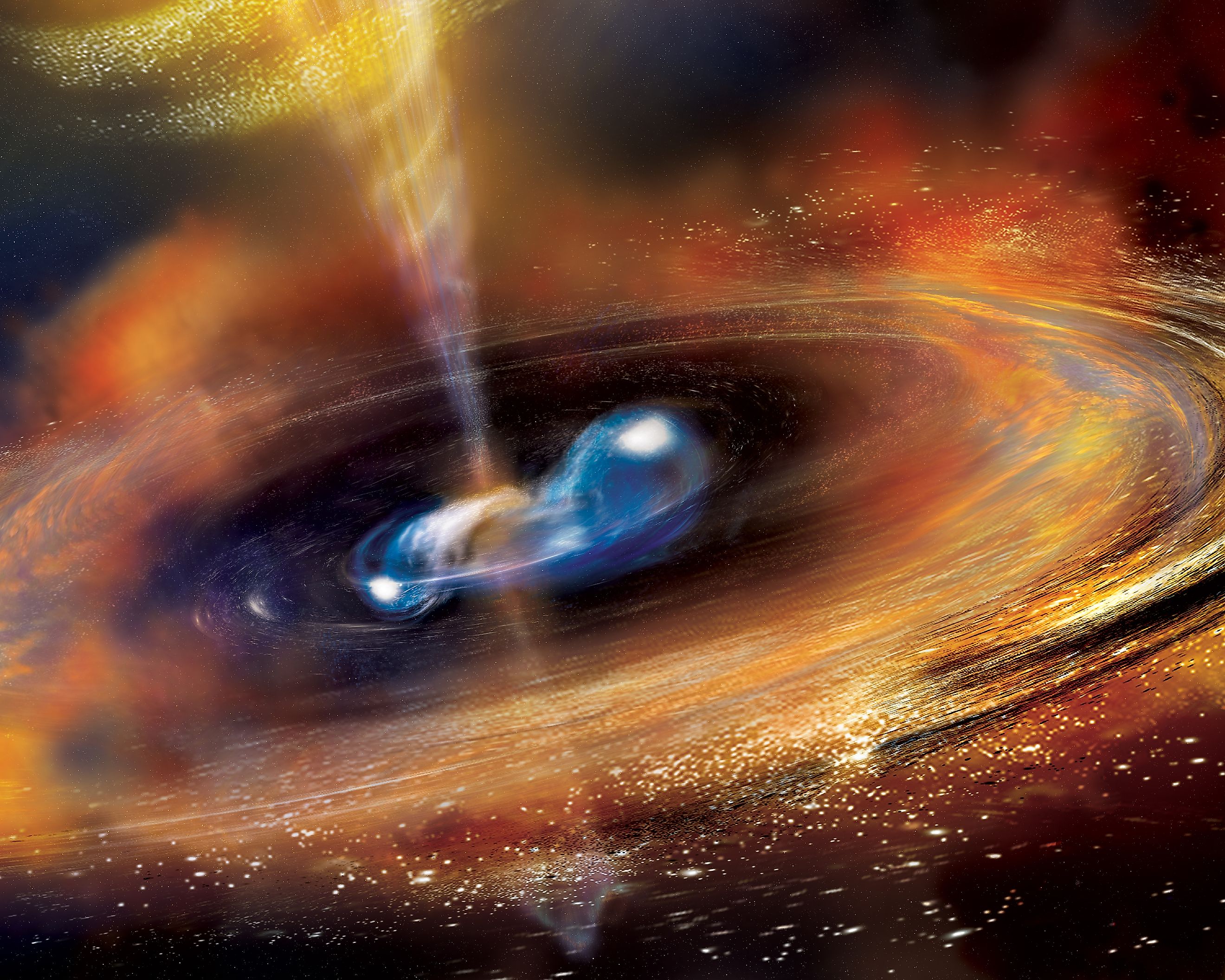
Hubble Observes Neutron Stars Colliding and Exploding, Forming a Black Hole
The universe we live in is mysterious and vast. The fact that elements of it are comprehendable in terms of human thought is surprising. Using mathematics and technology, humans have been able to peer into the depths and past of the universe and observe the plethora of phenomena that abound in space.
This article will report on one such world-bending phenomenon: the merging of two neutron stars and the subsequent birth of a small black hole. Recently, the Hubble Space Telescope observed this merger and astrophysicists are still trying to understand its causes and consequences.
Recent Observation of Binary Neutron Star Merger
Recent observations have provided groundbreaking insights into binary neutron star mergers. These cosmic collisions not only produce dramatic energy bursts and stars but also serve as a critical source of heavy elements like gold, platinum, and uranium in the universe.
The team's detailed snapshot of this extraordinary collision, which took place 130 million light-years away in the galaxy NGC 4993, was captured using a suite of advanced instruments, including the Hubble Space Telescope. By combining data from multiple sources, this observation aims to create a comprehensive understanding of neutron star mergers. Such events, involving the violent fusion of dense, compact stellar remnants, are believed to be the cosmic forges where elements heavier than iron—such as gold, platinum, and uranium—are synthesized. These elements cannot form through regular stellar processes, even within the cores of the most massive stars, making neutron star collisions critical to understanding the origins of many of the universe's heaviest building blocks.
In the rest of the article, we explain what neutron binary systems are and discuss the fate of their collision.
Neutron Stars and Binary Systems
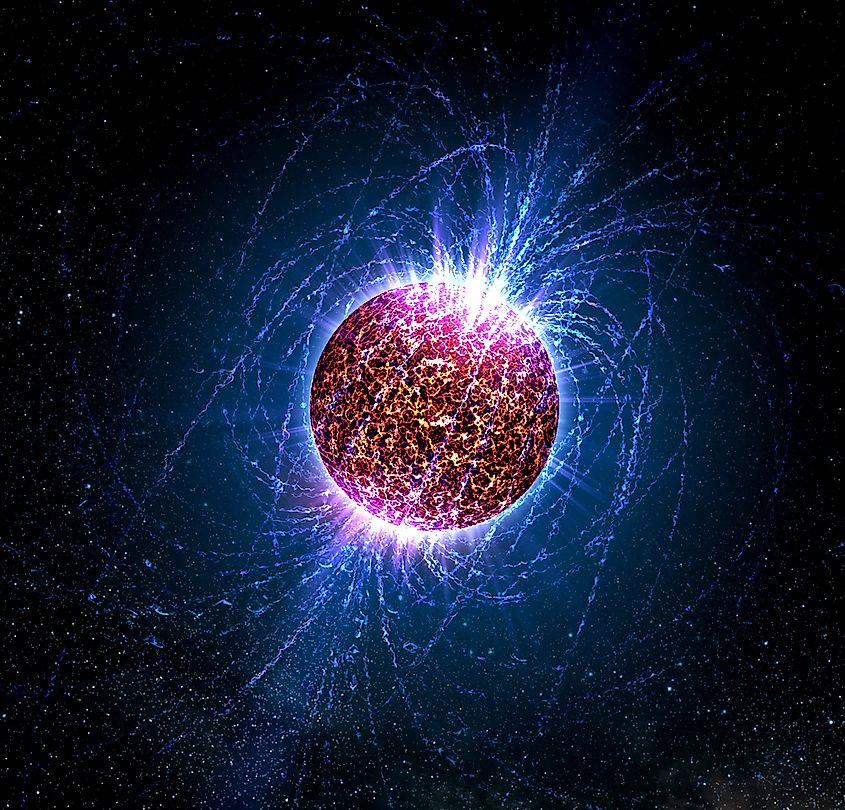
One of the most interesting celestial bodies is the neutron star, which was the object of interest in a previous article. Stars are fueled by nuclear fusion. Nuclear interactions of the matter comprising the star lead to the birth of new elements and atoms, releasing immense energies, causing the star to grow and glow. However, this process is not eternal. Indeed, the nuclear fuel of a star can be exhausted when it gets dense enough so that its gravitational force overpowers the fusion process. In this scenario, the core of the star caves in on itself, and the outermost layers are expelled outward. The more massive the star is, the more electrons and protons are forced to undergo a process called inverse beta decay. This generates neutrons, which we can think of arising from the cancellation of the negative and positive charges of electrons and protons. The shell remaining after this process is called a neutron star.
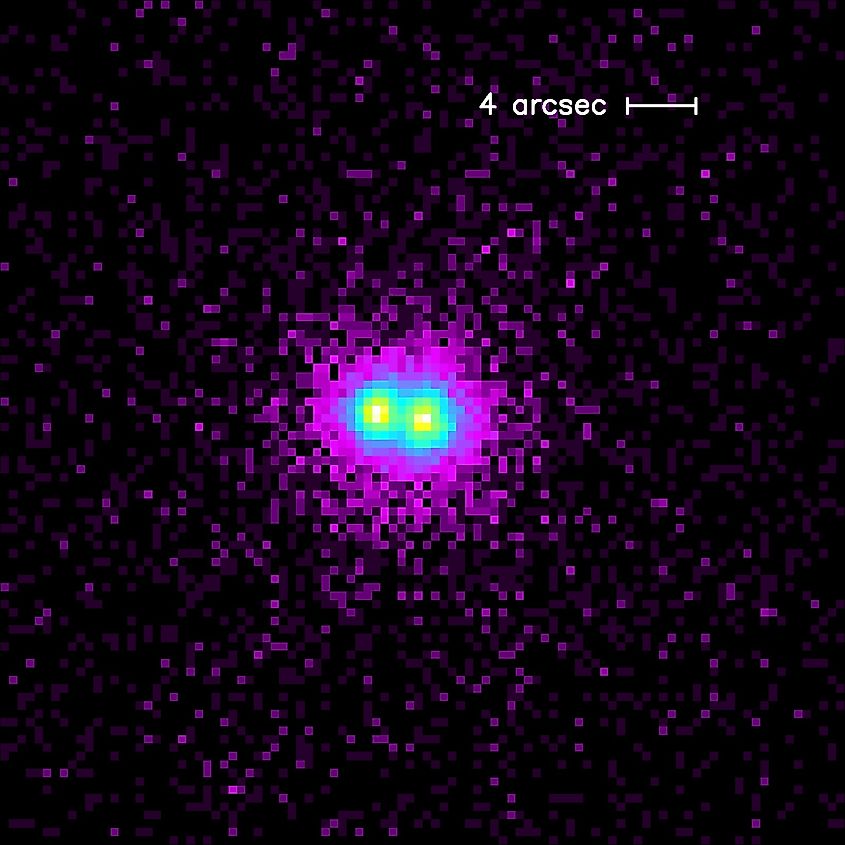
Neutron stars are extremely massive and dense. A sugar-cube-sized piece of a neutron star would roughly be a billion tonnes! It is surprising that such objects exist in our universe, let alone multiple. Imagine that we have two neutron stars in close proximity to each other. As with the Earth and the Sun, they will start orbiting each other due to their gravitational attraction. This is what is called a binary system as it is comprised of two objects that follow some particular laws.
Mergers and Baby Black Holes
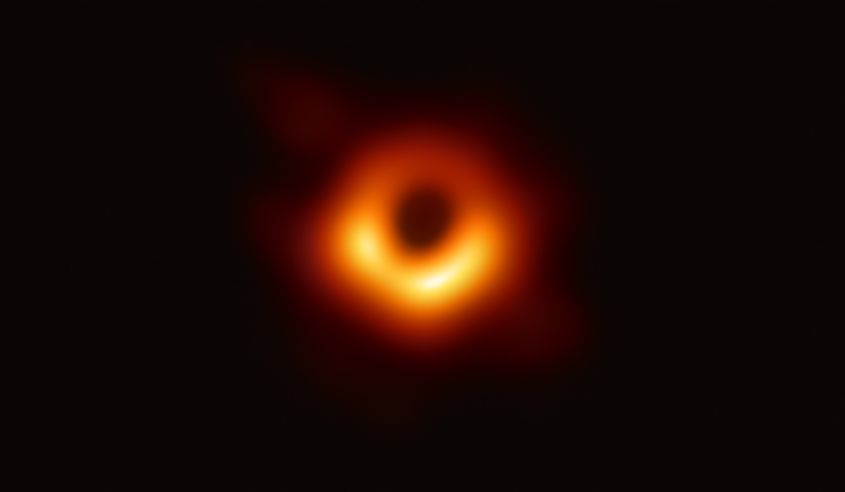
To understand the fate of a merger, we analogize with electromagnetism. When an electron and a proton come into proximity with each other, the Coulombic force brings them even closer. Due to their interaction with the electric field, they shed energy in the form of photons and exchange them. A similar thing happens in gravitational attraction, where the two bodies in a binary shed gravitational waves which are the ripples of the gravitational field.
The merging of a binary system of neutron stars proceeds in three steps with two possible outcomes:
- Inspiral: The two neutron stars get closer to each other as they emit gravitational waves. As they get closer, more and more gravitational waves are produced with higher energies.
- Merger: The two neutron stars collide, and their cores get compressed. Since both of these stars are incredibly dense, the collision of their dense cores releases immense energies into the cosmos. This stage leads to the creation of heavy elements like gold and uranium.
- Post-Merger: There are two outcomes after the merging of the two cores depending on the combined mass of the stars. Recall that black holes are incredibly dense objects whose gravitational attraction cannot be resisted by even light itself. Squeezing mass into a small volume leads to the formation of a black hole as long as this mass is large enough. If the combined mass of the two stars exceeds this limiting mass, then a black hole will form after the merger. If it is not, the remnant is another neutron star that is stable.
The fact that the merger of two neutron stars giving birth to a black hole was recently observed will not only deepen our understanding of the astrophysical causes of these collisions but also highlight their significance in shaping the elemental composition of the cosmos.











